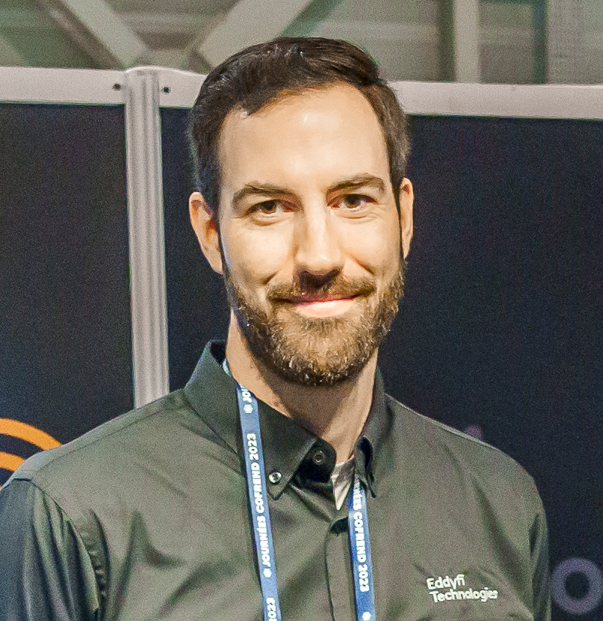Introducing P-Flex™: A Printed Flexible ECA Probe for Complex Geometry Inspections
The ability to print coil sensors into flexible boards has been around for some time, but recent advancements have significantly improved the performance of these probes. The reachable density of printed copper traces has increased, resulting in higher numbers of turns in each coil, and thus a stronger magnetic field and more energy transferred into the flow of eddy currents. The new flexible printed ECA probe, or P-Flex, takes advantage of this.
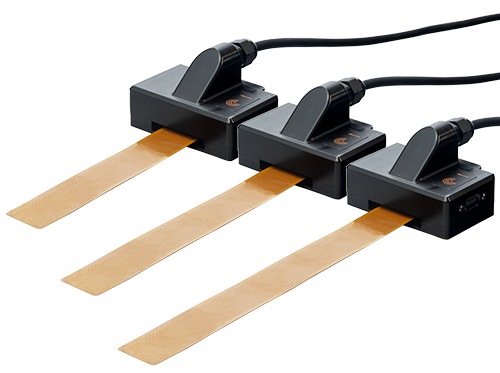
Concretely, this results in a lower level of noise, stronger indication signals, and an improved probability of detection for small flaws, making printed ECA more effective than ever before. Combined with the market-leading Reddy™ portable ECA instrument, P-Flex technology surpasses other existing printed probes in terms of signal quality.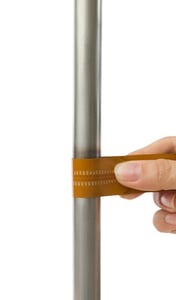
P-Flex probes are made of an array of 32 coils printed onto a paper-thin, 0.2-millimeter (0.008-inch), flexible board that can be bent with a minimum curvature radius of only 2 millimeters (0.08 inches). This allows inspection of surfaces with highly complex geometries by wrapping or inserting these thin probes into curved surfaces and tight corners, grooves, or gaps.
The P-Flex probe comes in three models that have the same number of coils; the difference lies in their size. For example, the large probe (coil size: 5 mm/0.19 in) provides greater coverage but has reduced resolution compared to the small model (coil size: 2 mm/0.078 in). The choice of probe model should therefore be based on the required coverage and the size of the smallest flaw to detect.
One key feature of the P-Flex probe is its modular design. The probe can be detached from its cable adapter, allowing for easy replacement in the case of one component getting damaged. Speaking of wear and tear... a thin layer of a robust, rigid, thermoplastic PEEK (Polyether ether ketone) is installed on the probe to create a protective barrier between the sensors and the surface under inspection. This significantly increases the probe's durability and allows for a larger volume of inspections.
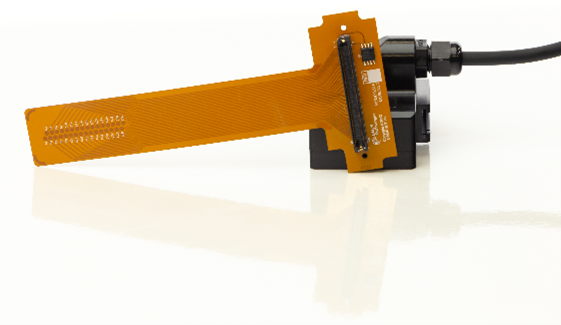
Turbine Inspections
Due to its high flexibility, it’s easy to imagine how the P-Flex can become a building block that facilitates ECA probe customization for everyone. With access to a basic 3D printer, you can now manufacture a simple probe holder of any shape, attach a P-Flex and encoder to it, and proceed with your inspection. If needed, Eddyfi Technologies’ custom engineering team is always happy to tackle this part of the work and design the most optimal probe holder for specific applications.
The following image shows examples of turbine components that can be inspected with P-Flex. The probes are shown here without their holder to showcase just how easy it is to ensure good contact with the surface, regardless of its curvature, complex shape, or sharp bends (data not being acquired here).

Another application that benefits from the P-Flex technology is the detection of small cracks in disk slots of gas turbines. As shown below, Eddyfi Technologies has embedded a P-Flex probe into an encoded dovetail-shaped holder, with its sensors covering the entire side surface of the slot. A spring-loaded shoe pushes against the surface to ensure close contact during scans. From there, the probe simply slides through the length of the slot to complete the acquisition. The modular design of this solution also allows reusing the same cable with multiple probe heads, thereby facilitating the inspection of slots of many sizes and shapes.
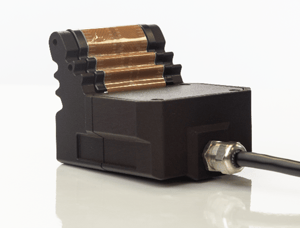 |
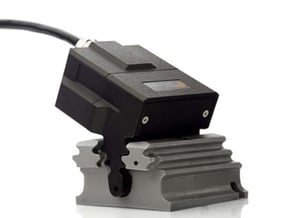 |
Register for our expert-led webinar showcasing this application in real-time here.
One last question remains, and it is perhaps the most important of all: how does a printed ECA probe compare to traditional ECA with real copper “pancake” coils? To answer this question, we proceeded to inspect a gas turbine disk using two nearly identical probes: one with pancake coils, and one with printed coils (P-Flex). The resulting C-scans below show several differences between the two technologies and point to the overall better performance of the P-Flex for this inspection.
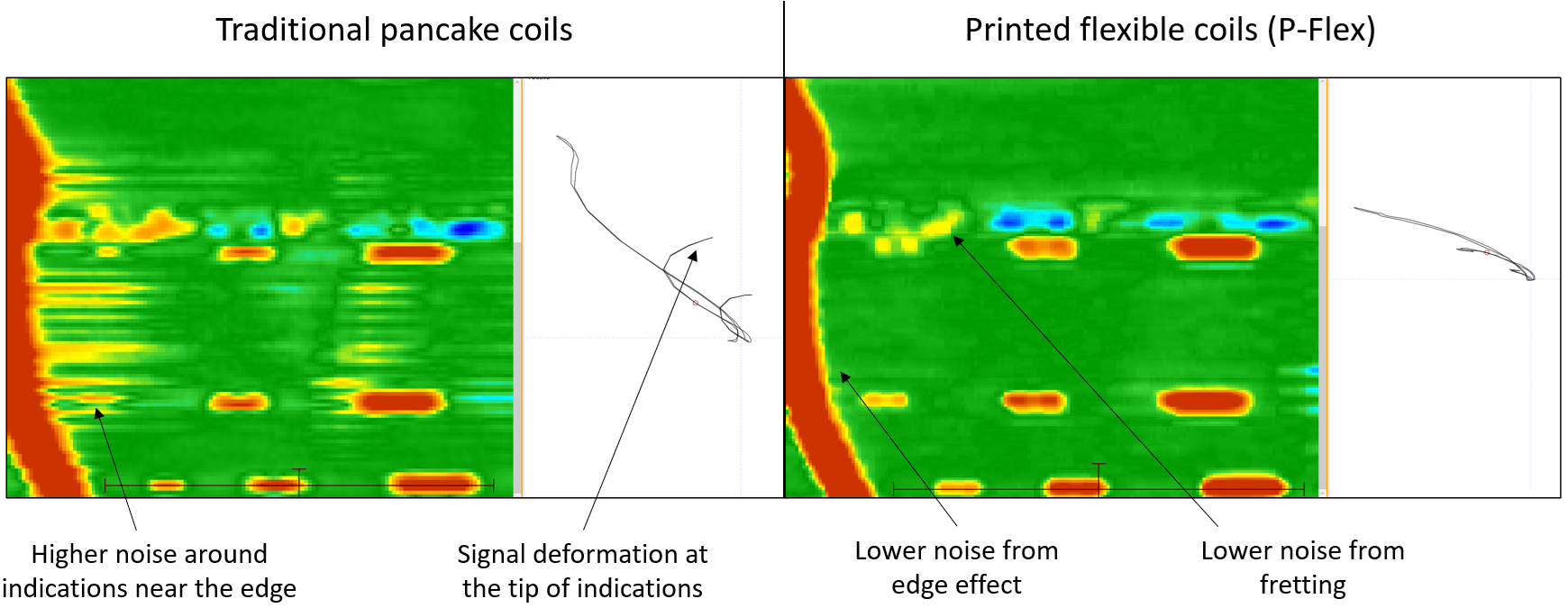
These differences can be explained by the simple fact that pancake coils must be manufactured by hand and placed one by one in the ECA probe, leading to small variations between the size, shape, position, and electric properties of each coil. On the other hand (or rather, no hands at all), the printed sensors of the P-Flex are fabricated by an automated system, making them perfectly identical, equidistant, and at the same distance from the inspected surface.
That being said, pancake sensors aren’t about to disappear completely in favor of printed coils. In fact, one important limitation of the P-Flex is its high-frequency range. While it shines for the detection of surface-breaking defects, it is much more limited for subsurface and far-side detection. Conventional ECA like the I-Flex remains the technology of choice for low-frequency sensors that can penetrate deep into non-ferrous materials.
We’re really not bending the truth when we say that P-Flex ECA probes offer excellent flexibility, customizability, and performance, making them suitable for a wide range of inspection applications. They can be used as standalone probes or integrated into simple holders for inspecting the most complex of geometries. Contact us to flex your next inspection with Eddyfi Technologies’ adaptable ECA technology!
Looking for more? Check out our on-demand webinar featuring the inspection of turbine blade slots here.





